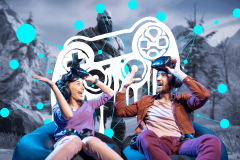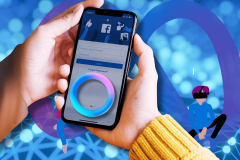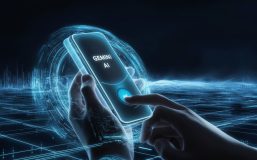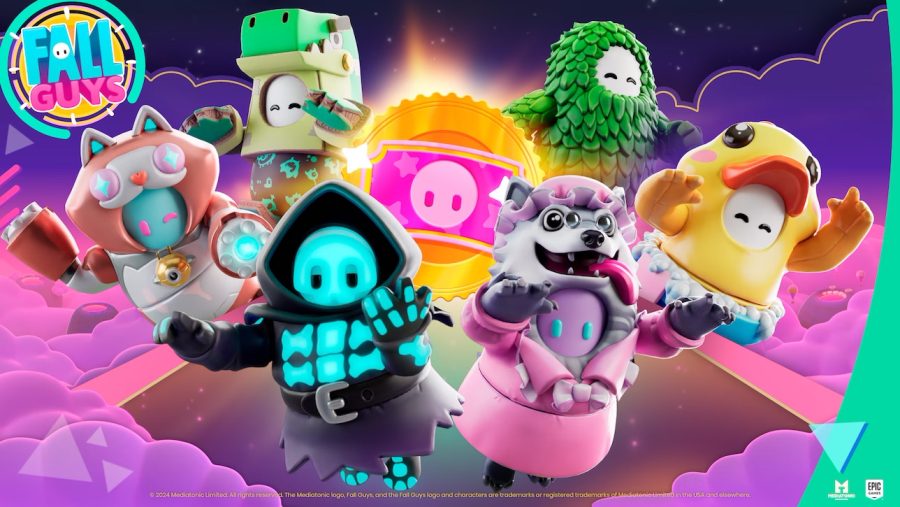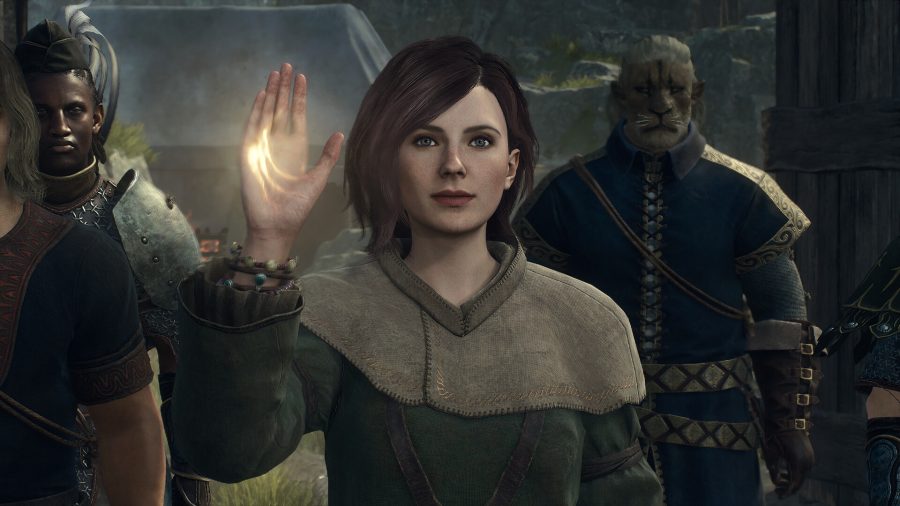As the world grows increasingly connected, growing concern regarding the influence of artificial intelligence (AI) has been bubbling to the surface, affecting perceptions by industries big and small along with the general populace. Spurred on by sensationalized media predictions of AI taking over human decision-making and silver-screen tales of robot revolutions, there is a fear of allowing AI or its cousin, the Internet of Things (IoT), into our lives. Here is AI’s man behind the curtain.
One of the biggest sticking points is the popular – yet mistaken – notion that AI will cost people their jobs. In truth, the situation is just the opposite. The real future of AI isn’t one where people are replaced, but where man and machine work in tandem to cover one another’s weaknesses. AI isn’t a job thief – it’s a job creator.
How do we know? Simple – it’s all happened many times before. Industrial hype cycles have traced very similar lines in the past, from industrialization to the internet. In all cases, many people were certain these new technologies would put people out of work. Of course, this never came to pass, and technology always ended up creating a net gain in job creation.
Learning from History
Consider the automated teller machine or ATM. The fear lied in the name — people were worried the introduction of these devices would render human tellers obsolete. However, the reality turned out to be the exact opposite. The streamlined service of these ATMs allowed banks to open more branches than ever before, which means – you guessed it – far more tellers were employed than before the introduction of ATMs.
John Hawksworth, the chief economist at PwC, said in a 2018 analysis that AI and robots, much like the inventions of the steam engine and computers before them, will displace jobs yet simultaneously generate large productivity gains. This spike in productivity brings prices down, raises real income, and thus creates demand for more workers. The firm predicts that in a post-AI world, some sectors will see job creation soar by as much as 20 percent.
To take this analysis further, the World Economic Forum predicted in a 2018 study that the complete integration of artificial intelligence would displace 75 million jobs – but, critically, would also result in the creation of 133 million new jobs. The net gain is clear just as it has been with many other technological innovations throughout history.
Also, it should be noted that some business problems will always necessitate the human touch, as even the most advanced AI or the most well-connected IoT device will come up short.
People and Machines in Tandem
The “conversational guidance” software that’s now being rolled out to call centers around the U.S. is a good example of what AI’s future could look like. These programs use speech recognition AI to measure cues from both sides of a phone call, advising representatives on how to maximize customer satisfaction.
Speech recognition accomplishes this feat by indicating if the rep is talking too slow or fast, is taking too coarse of a tone, sounds tired or bored, and so on. The automatic speech recognition can also pick up on whether a customer is getting frustrated and guide the rep to empathize. Some firms incorporating the technology have already reported an increase in customer satisfaction rates as high as 13 percent.
AI can be seen playing a similar supportive role in areas such as design – from industrial 3D products to graphics and website user experience. Utilizing big data and speedy calculations, AI can advise on subtle design elements that will make customers more likely to engage with a product, platform, or service. For example, it may determine that a web designer would be better served to place a button on the top right of a page, rather than the bottom left, since doing so leads to higher engagement and conversion rates.
It’s not all hard data and calculations though – there’s plenty of room for fun and creativity in this new space, too. Few likely know this better than the founders of “AI Cocktails,” a creative AI toolkit that uses neural networks to create inspirational new drinks born of AI and human collaboration.
Using hundreds of traditional cocktail recipes as its base knowledge, the AI outputs a list of wild combinations that – with a little tweaking from a human bartender – can surprise and delight the taste buds. Who would have guessed that rum, wine, and vanilla ice cream would make such a scrumptious combo?
As we’re seeing now, something truly special emerges when human ingenuity combines with statistical insights that AI can provide us. If we continue to engage and integrate, a slew of longstanding societal challenges – energy waste, traffic, disease, and much more – could be tackled by this newly formed dynamic duo of man and machine.
The notion that technology is a looming threat to labor fails to consider its role as a job creator. Already, businesses are beginning to incorporate AI and IoT to make their services and products more innovative, efficient, profitable, and safe.
The future of AI is in fact already here, and those who have moved past their misconceptions and misgivings to embrace will reap massive benefits.
Image credit: Pexels

